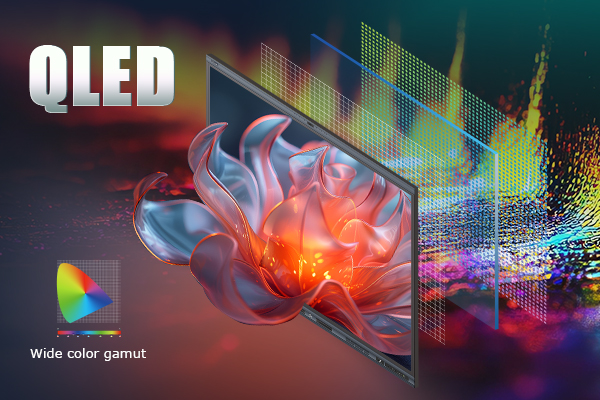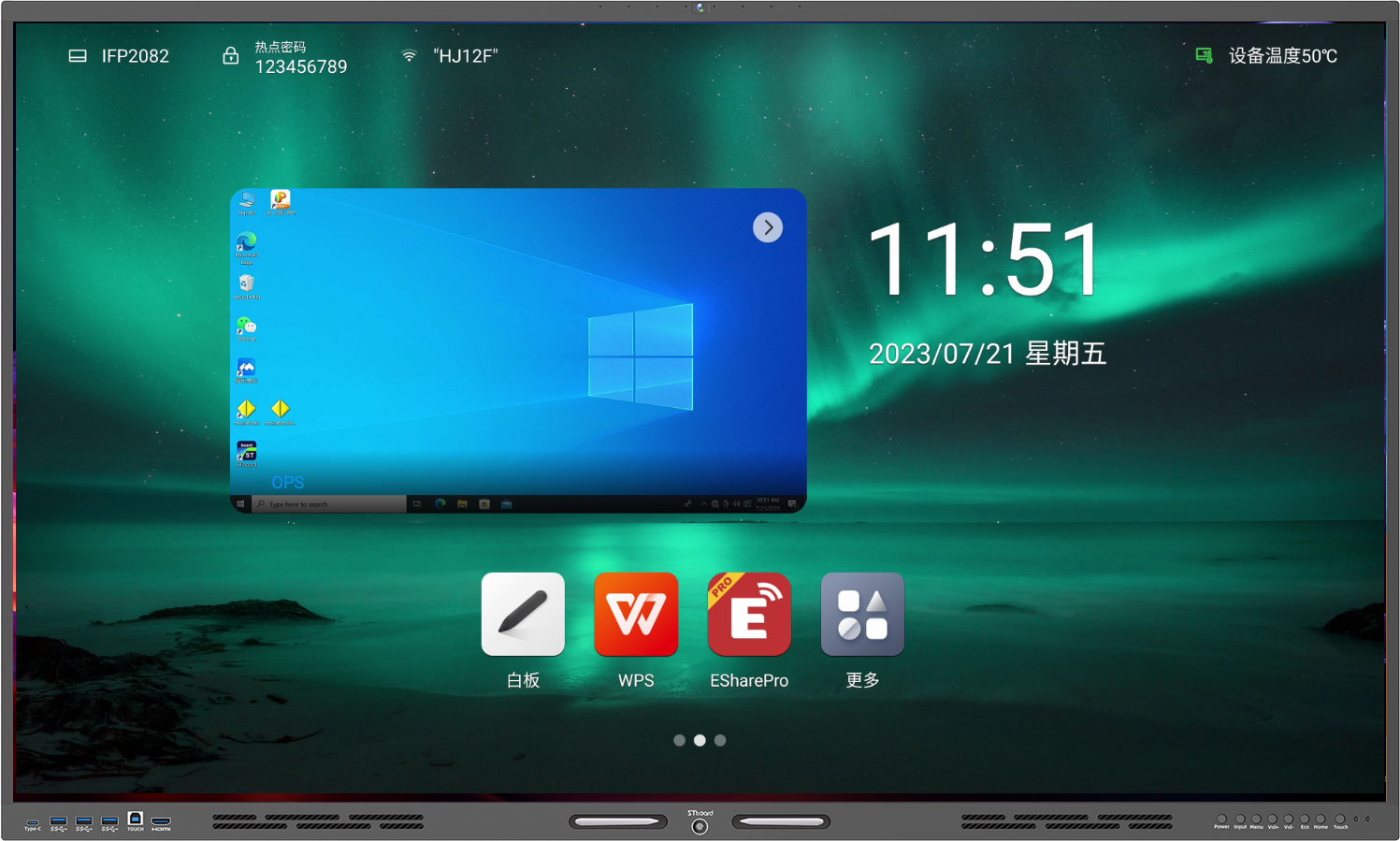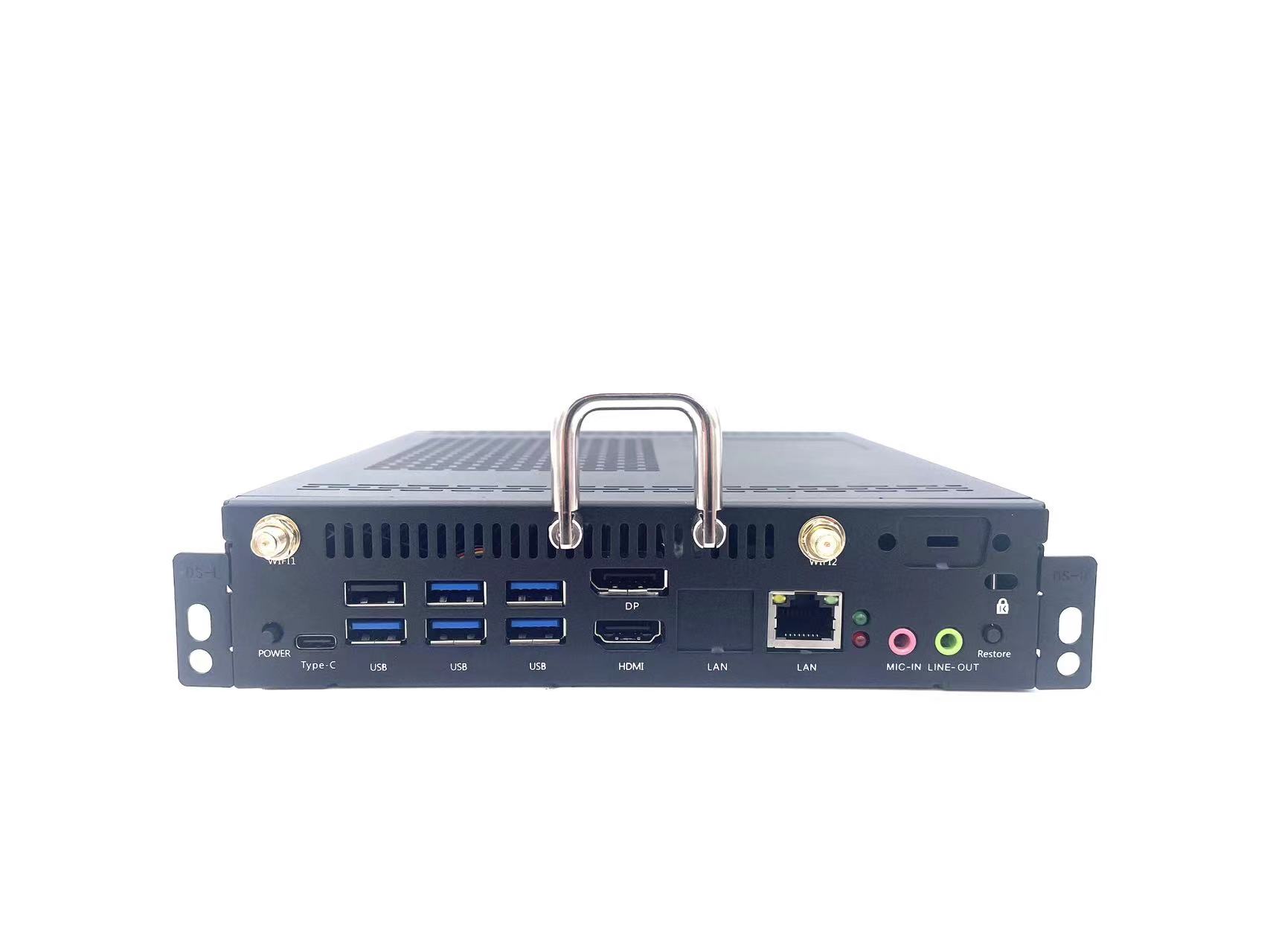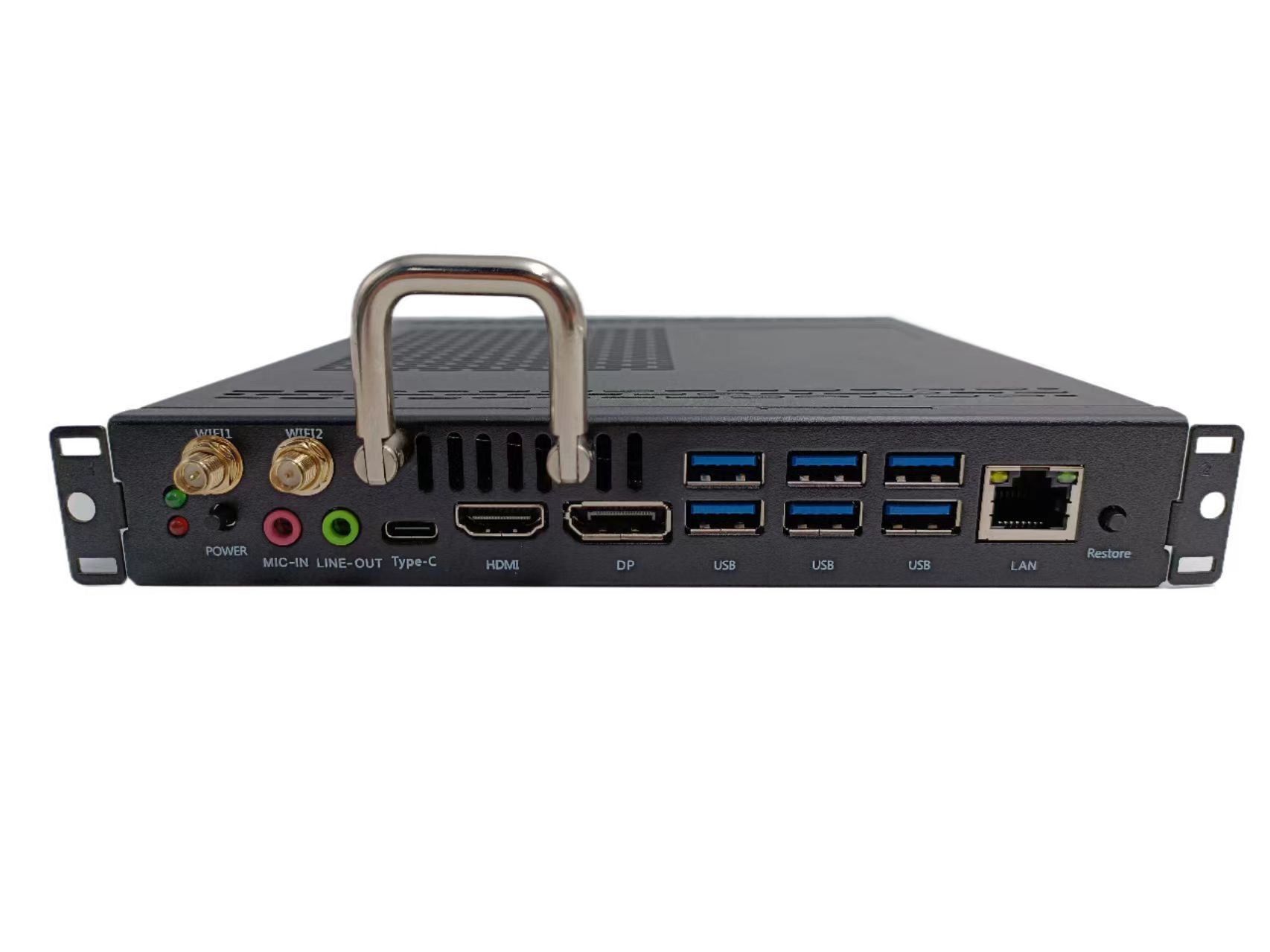In modern conference room design, high-definition conference display screens are usually equipped, mainly used to display meeting content and video conferences, or to receive customers, display enterprise information or product information, etc. So, which is better for high-definition conference display screens?
There are currently two types of applications: LCD splicing screens and full-color LED displays. We know that projectors have been a standard feature in conference rooms for the past decade. However, due to the insufficient resolution and brightness of projectors, they often cannot meet the needs of users. In recent years, LCD splicing screens and full-color LED displays have been gradually introduced into conference displays, and projectors have gradually been marginalized by the market.
Although DLP large screens can achieve high-definition display, they are rarely used in conference rooms due to their large size and occupation of workspace. In addition, there is another type of intelligent conference tablet that can achieve 4K resolution, but its screen is limited and cannot be spliced. Its size ranges from 55 to 100 inches, so its application scenarios are relatively limited and it is generally used in some small conference rooms. Therefore, LCD splicing screens and full-color LED displays are the main display screens for high-definition conference displays.

LCD splicing screen
LCD splicing screen is an industrial grade large screen that uses LCD technology. Its appearance is similar to a TV, but the frame is narrower. In conference rooms, seamless splicing specifications of 1.7/1.8mm, 0.88mm or 0mm are generally used to achieve better integrated image display effect during splicing.
In the past few years, LCD splicing screens have been mainly used for monitoring displays due to the large splicing gap. In recent years, with the introduction of 0.88mm splicing screens and the launch of 0mm seamless splicing screen technology, the integrated display effect after splicing has been greatly improved, and the single screen resolution has reached 1920 * 1080. At the same time, it can also achieve 4K high-definition display, with a series of advantages such as high brightness and rich colors, making LCD splicing screens one of the many high-definition conference display screens.
Advantages: High clarity, high brightness, high contrast, and rich colors.
Disadvantage: The effect of integrated large screen display is not as good as full-color LED display due to the influence of seam gaps.
Full color LED display screen
The application of full-color LED display screens in conference rooms generally adopts a small pitch system, usually referring to full-color LED display screens below P2. Previously, LED screens were mainly used in outdoor settings, often in places with a long line of sight, because the resolution of LEDs is low and it is difficult to see clearly at close range. With the introduction of smaller pitch LED technology, the resolution has been greatly improved, especially for COB small pitch LED displays which can now achieve a point pitch of P0.9, approaching the clarity of LCD splicing screens. Therefore, many users choose full-color LED displays in many large conference rooms.
Among them, full-color LED displays are mainly used in large conference rooms because their clarity cannot reach the height of LCD, but they are not affected by resolution from a distance. Another reason is that their screen brightness is higher, which can be very dazzling when viewed up close.
Advantages: Seamless splicing, with little visible impact of patchwork.
Disadvantages: prone to dead lights, lower resolution than LCD splicing screens, and relatively higher price.
So when it comes to choosing a high-definition conference display screen, we can decide based on the viewing distance or the size of the conference room. Generally, LCD splicing screens are mostly used in small and medium-sized conference rooms with less than 100 people. If there are more than 100 people, such as some conference lecture halls, choosing full-color LED display screens is more common. In short, both have their own advantages, and how to choose the appropriate product also needs to be determined according to one's own situation.







.png)












